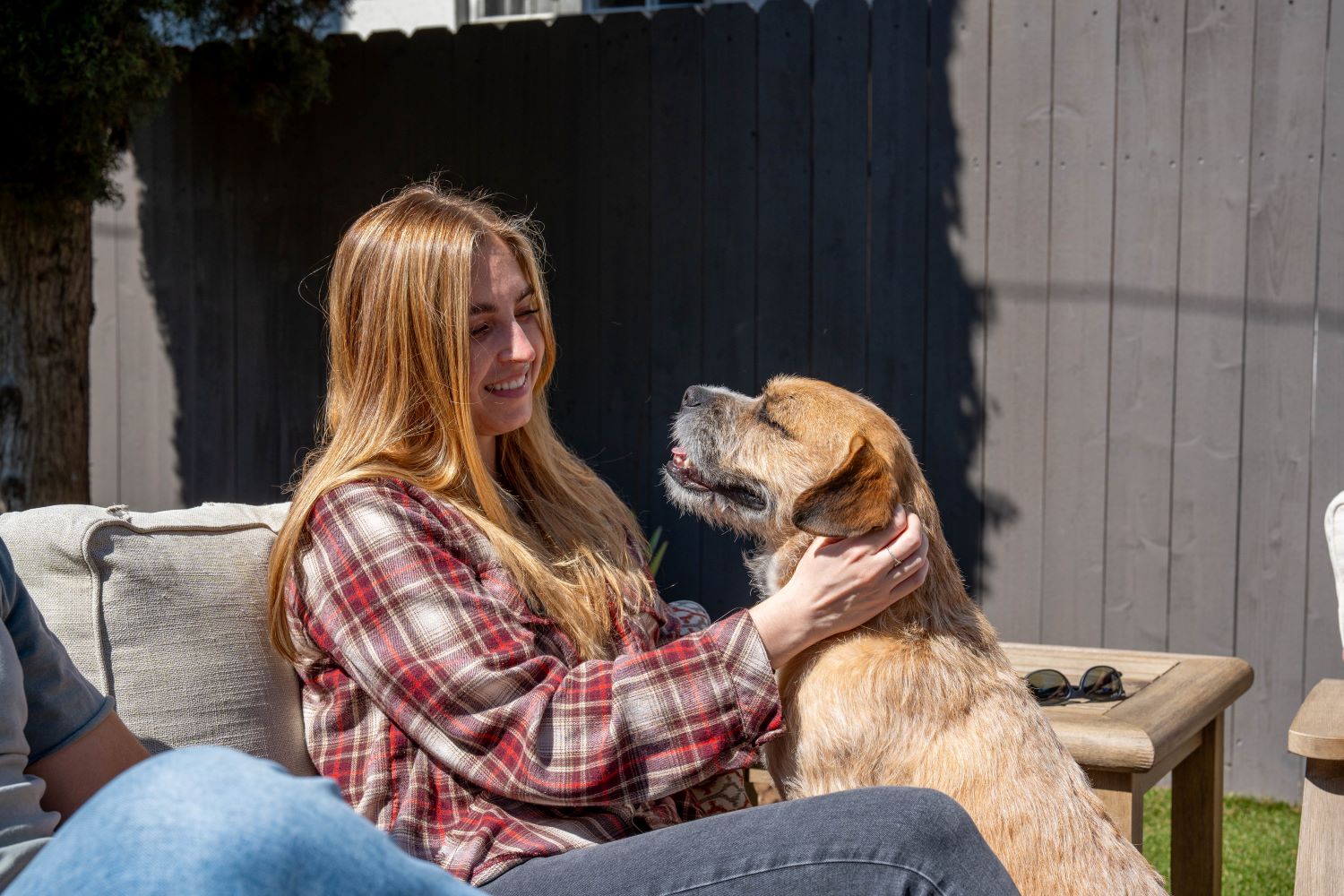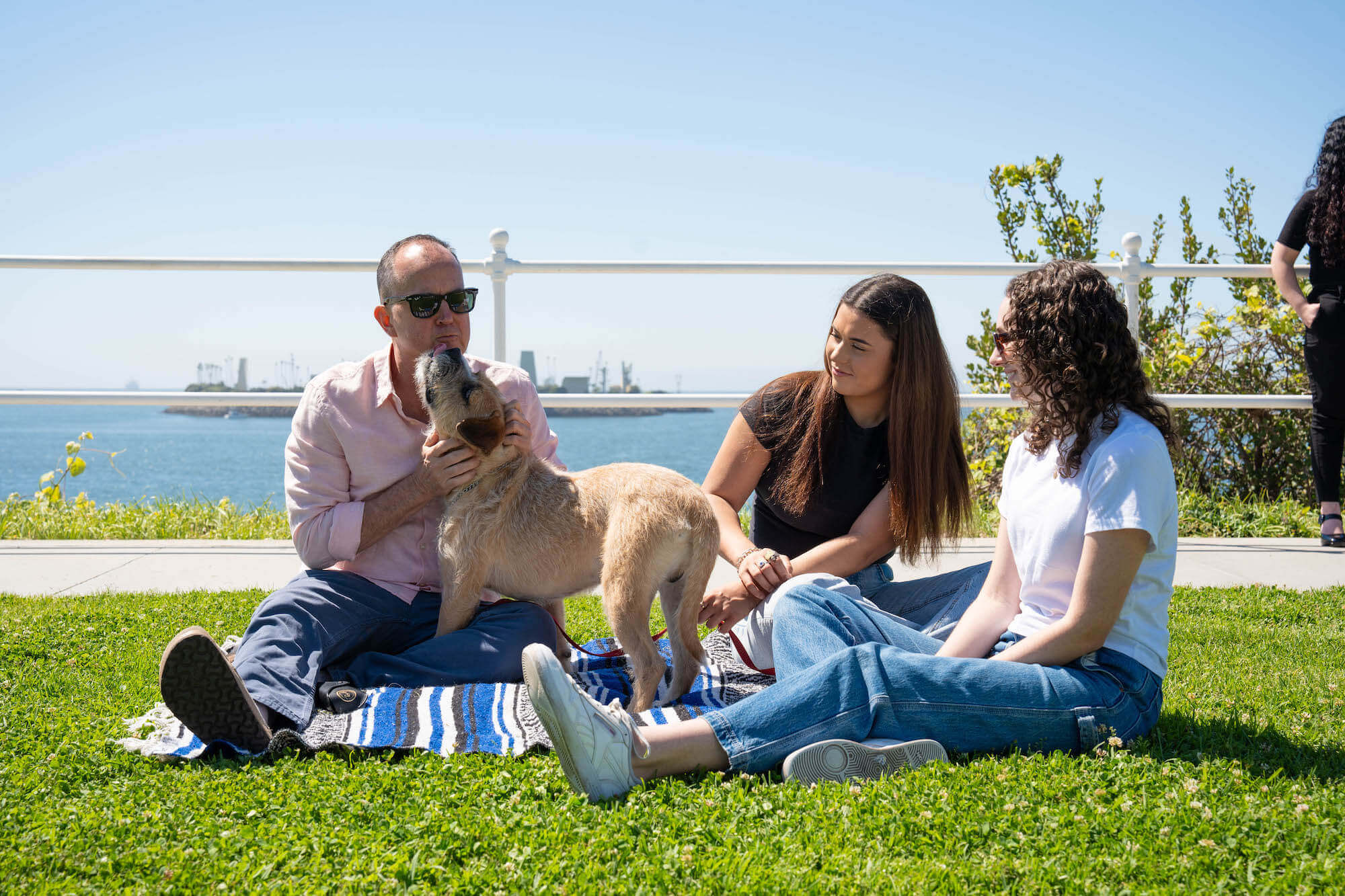Interventions can be powerful tools to help a loved one struggling with addiction recognize the need for change and accept help. When carefully planned and conducted, interventions can pave the way for a positive transformation. This guide addresses the following issues:
- How to set up an intervention.
- How many people should be in an intervention?
- How to arrange addiction treatment for a loved one in Southern California.
Setting Up an Intervention
Setting up an intervention requires thoughtful planning, sensitivity, and a deep understanding of the person’s unique struggles. It is not a task to be taken lightly, as the outcome can profoundly impact the life of the person with addiction. Here are some simple and actionable steps to help you get started setting up an intervention:
- Recognize the need for intervention: The first step in intervention setup is recognizing the signs of addiction and acknowledging that your loved one needs help. Look for behavioral changes, secrecy, financial troubles, deteriorating physical health, and strained relationships. If you notice these red flags, it may be time to intervene.
- Assemble the intervention team: An intervention is most effective when led by a united and supportive group of family members, friends, and co-workers. Carefully select people who have a positive influence on the individual’s life and are genuinely concerned about their well-being. Avoid including those who may contribute to tension or inflame the situation.
- Seek professional guidance: While interventions can be carried out without professional help, consulting an intervention specialist can significantly enhance the intervention’s success. These experts bring valuable experience and knowledge to the table, ensuring the process is well-organized, safe, and compassionate.
- Educate yourself and the team: Understanding addiction and the recovery process is beneficial for everyone involved in the intervention. Research the specific substance or behavior causing the addiction and explore available treatment options. Education will help the intervention team approach the situation with empathy and a more comprehensive perspective.
- Formulate the intervention plan: An intervention plan provides a clear structure for the process. With the guidance of the intervention specialist, the team should prepare individual speeches expressing their concerns and the impact of addiction on their lives. The plan should be carefully rehearsed to ensure a coherent and impactful intervention.
- Choose the right time and place: The environment in which the intervention takes place can set the tone for the entire process. Pick a familiar and non-threatening location where the individual feels comfortable. Additionally, choose a time when they are most likely to be sober and receptive to the conversation.
- Approach with love and empathy: The intervention must be approached with love, empathy, and genuine concern for the individual’s well-being. Avoid blaming, shaming, or attacking them, as it can lead to defensiveness and resistance. Instead, focus on expressing your feelings and how the addiction has affected you and your relationship with the person.
- Allow the intervention specialist to lead: During the intervention, the intervention specialist will take the lead, ensuring that the conversation stays on track and emotions are managed effectively. Their presence provides a sense of stability and expertise, helping to streamline any unexpected reactions.
- Offer support and treatment options: The ultimate goal of the intervention is to encourage the person to accept help and seek treatment. Have treatment options and resources ready, so if they agree, you can immediately proceed with the next steps to begin their journey to recovery.
- Prepare for all outcomes: Interventions can have varied outcomes, and you should be prepared for any response, whether positive or negative. If the person agrees to seek help, follow through with the chosen treatment plan. If they refuse help, be prepared to enforce previously discussed consequences with love and support.

Intervention Plan
Crafting a well-structured intervention plan will maximize the chances of the intervention process yielding dividends. Here are the key components to include in an intervention plan:
Team preparation
Gather a group of supportive and caring individuals who are close to the person with an addiction. This team will play a pivotal role in conveying their concerns and encouraging the individual to seek treatment. Ensure that team members understand the purpose of the intervention and their role in the process.
Education and research
Educate the intervention team about the specific substance or behavior causing the addiction. Understanding the nature of the addiction will help the team approach the situation with empathy and with more informed perspectives. Research available evidence-based treatment options in your area to provide the person with immediate solutions if they agree to seek help.
Preparing individual speeches
Each team member should prepare a well-considered speech expressing their feelings, observations, and the impact of addiction on their lives. These speeches should be non-confrontational but candid, emphasizing the importance of seeking treatment and offering support throughout the recovery journey.
Selecting a suitable location
Choose a place for the intervention that is familiar, comfortable, and non-threatening for the person with an addiction. The setting should be conducive to open and honest communication, allowing the individual to feel supported rather than cornered.
Consulting an intervention specialist
Consider seeking guidance from an intervention specialist. These professionals have experience in facilitating interventions and can provide worthwhile insights on how to navigate challenging situations and emotions during the process.
Anticipating reactions and outcomes
Be prepared for various reactions from the individual, ranging from denial and anger to acceptance and willingness to seek help. Consider the potential outcomes and plan accordingly to ensure the intervention remains focused and constructive.
How to Set Up an Intervention for an Alcoholic
Intervening in the life of someone struggling with alcohol addiction requires careful planning and compassionate communication.
First, identify the signs of alcohol addiction – increased tolerance, withdrawal symptoms, neglect of responsibilities, and changes in behavior and mood, for example. These signs will help you determine if intervention is necessary.
Next, consult an intervention specialist or a professional counselor who specializes in alcohol addiction. Their expertise will guide you in preparing for the intervention and handling any challenges that may arise during the process.
Approach the intervention itself with love, empathy, and concern for the alcoholic’s well-being. Focus on expressing how their alcoholism has affected you and your relationship while underscoring your unwavering support for their recovery journey.
Offer specific treatment options tailored to the individual’s needs, such as detoxification programs, inpatient or outpatient rehabilitation, counseling, and support groups like AA (Alcoholics Anonymous). Set clear boundaries and consequences if the person with alcohol addiction refuses to seek help. These boundaries should be communicated with love and the understanding that they are essential for their well-being and the well-being of the intervention team.
How to Set up an Intervention for a Drug Addict
Intervening in the life of a drug addict calls for planning, patience, and a solid support system.
Before anything, learn about the specific drugs the person is abusing, their potential effects on physical and mental health, and the most appropriate and effective treatment options. The more you know about drug addiction, the more readily you can convey genuine concern during the intervention.
Build a team of close friends, family members, and individuals who genuinely care about the drug addict’s well-being. The team should be non-judgmental and supportive, with a shared goal of encouraging the person to seek help.
Educate the intervention team about addiction as a disease and the importance of approaching the individual with empathy and compassion. Training the team will ensure that the intervention remains focused on the person’s well-being.
Schedule the intervention at a time when the person is least likely to be under the influence of drugs and choose a place where they feel safe and comfortable. Begin the intervention by expressing love, concern, and support for the individual. Avoid blaming or criticizing them. Instead, focus on how their addiction has affected you and your relationship with them.
Present the drug addict with various treatment options, such as inpatient or outpatient rehabilitation, counseling, and support groups. Highlight the benefits of seeking help and the potential for a healthier and happier life in recovery. Communicate clear boundaries and consequences if the person refuses to accept treatment. These boundaries will help you to maintain your own well-being and support the person’s journey towards recovery.
FAQs
How many people should be in an intervention?
There is no fixed number, but typically, 4 to 6 people who are close to the person, such as family members and friends, should be involved in an intervention.
What are the 3 components of a successful intervention?
A successful intervention includes planning and preparation, a carefully chosen intervention team, and a structured, compassionate approach focused on encouraging the person to seek treatment.
What not to say to someone who has an addiction?
Avoid judgmental or accusatory statements, and refrain from enabling their behavior. Instead, express concern, support, and willingness to help them seek treatment.
What makes a good intervention plan?
A good intervention plan involves seeking the guidance of a professional intervention specialist, gathering information about the individual’s addiction, rehearsing what to say, setting clear treatment goals, and selecting a suitable time and place for the intervention.

Connect Your Loved One with Addiction Treatment
After staging an intervention, your loved one can engage with inclusive and effective addiction treatment at Gratitude Lodge in Long Beach or Newport Beach , CA
We treat addictions and mental health conditions at our pet-friendly treatment facilities in Southern California, offering a mixture of holistic and science-based treatments for a whole-body approach to addiction recovery.
After a week or so of supervised medical detoxification, your loved one can move directly into ongoing inpatient treatment. Here, they can access an individualized combination of the following therapies:
- Family therapy
- Group therapy
- Psychotherapy
- MAT (Medication-assisted treatment)
- Individual counseling
- Holistic therapies
- Aftercare planning
Call 800-994-2184 for immediate assistance initiating your loved one’s recovery from addiction in Southern California.




























